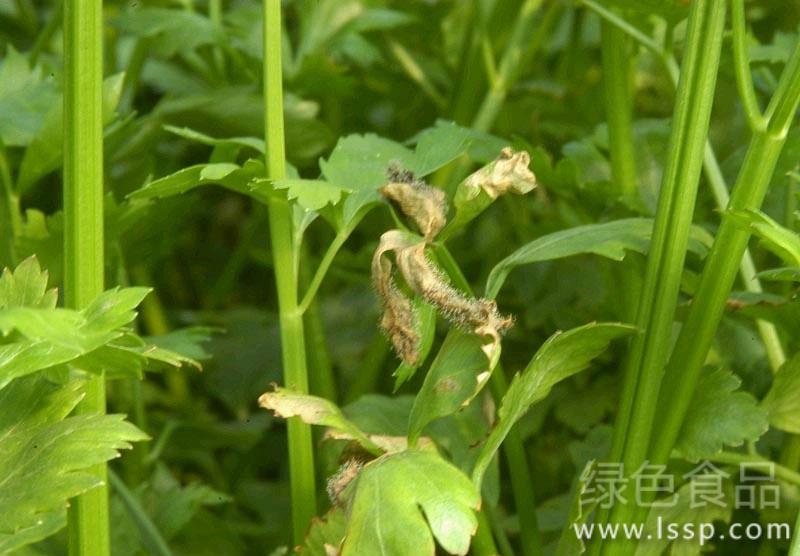Malformation of Pleurotus ostreatus is mainly due to improper management, how to prevent and cure the disease of Pleurotus ostreatus.
Deformed mushroom is a common physiological disease of Pleurotus ostreatus, which seriously affects the yield and quality, and even makes Pleurotus ostreatus lose its commercial value completely. Malformed ancient is mainly due to improper management, and a few are due to bacterial degradation, variation and virus infection.

Abnormal Pleurotus ostreatus
Types of abnormal mushrooms: 1. Pleurotus ostreatus: the cap is small, the differentiation is poor, and the stalk is longer. The reason is that during the period of primordium formation and differentiation of Pleurotus ostreatus, the room is anoxic, the light is insufficient, and the temperature is too high, which affects the normal differentiation and development of the cap. Prevention and treatment methods: strengthen ventilation, adjust light and temperature.
two。 Pleurotus ostreatus: there are many granular protuberances and light colors on the edge of the lid, the lid is stiff, the growth is slow, and when it is serious, the lid differentiates poorly and its shape is irregular. The reason is that the temperature during the development of Pleurotus ostreatus is too low and lasts for a long time, resulting in the imbalance of cell growth in the inner and outer layers. Control methods: keep the temperature of mushroom room above the lowest temperature of Pleurotus ostreatus growth, and there is a certain temperature difference to promote the growth, development and differentiation of mushroom body.
3. Cauliflower mushroom: mushroom image cauliflower, much branched, the initial primordium is egg-shaped, inflated, raised, undifferentiated. How branched it is in the later stage. The reason is that before or during mushroom emergence, mushroom beds or mushroom houses are sprayed with high concentrations of pesticides, especially "dichlorvos". Young mushrooms are extremely sensitive and easy to cause diseases. It may also be that the concentration of carbon dioxide in the mushroom house is too high, there is sulfur dioxide and so on. Control methods: mushroom houses should be cautious in the use of pesticides, when using, the concentration should not be high. Especially during the mushroom period, dichlorvos is never allowed to be used to strengthen ventilation and discharge harmful gases.
4. Atrophic mushroom: the mushroom body is normal at the beginning, yellowing, edematous or dry in the expansion period, and stops growing, and finally becomes soft and rotten. The reason is that the humidity is too high or there is more water sprayed directly on the young Pleurotus ostreatus, which makes the mushroom tissue absorb water, affect respiration and metabolism, and cause Pleurotus ostreatus to stop growing and die. Dry shrinkage is due to low humidity, strong ventilation, wind blowing directly on Pleurotus ostreatus, Pleurotus ostreatus lost water and died. Or the medium of Pleurotus ostreatus is malnourished, after forming a large number of primordium, some of them grow rapidly, while the rest of Pleurotus ostreatus stagnates because of insufficient nutrition supply. Prevention and control methods: control the humidity at 80-85%, do not spray water directly to the young Pleurotus ostreatus, do not let the wind blow directly on the Pleurotus ostreatus. The composition of culture material is reasonable.
5. Coral mushroom: Pleurotus ostreatus primordium differentiation is abnormal, loose, many small branches, shaped like coral. The reason is that when the primordium occurs, there is serious poor ventilation, extremely weak light and lack of nitrogen sources. Prevention and treatment: strengthen ventilation and lighting, adjust the ratio of carbon to nitrogen, and add nitrogen sources.
- Prev

Celery leaf rot has gray mold layer How to control celery gray mold
Celery leaf rot has gray mold layer How to control celery gray mold
- Next

The reproduction method of yellow cicada orchid
Like ordinary orchids, the propagation methods of yellow cicada orchids are basically divided into two types: dividing plants and sowing. The ramets of Cymbidium viridis can be carried out in spring and autumn. As long as the plant grows strong, the yellow cicada orchid with dense pseudobulbs can be divided. Before dividing plants, we should reduce the irrigation times of yellow cicada orchid in order to make the pot soil drier.
Related
- Fuxing push coffee new agricultural production and marketing class: lack of small-scale processing plants
- Jujube rice field leisure farm deep ploughing Yilan for five years to create a space for organic food and play
- Nongyu Farm-A trial of organic papaya for brave women with advanced technology
- Four points for attention in the prevention and control of diseases and insect pests of edible fungi
- How to add nutrient solution to Edible Fungi
- Is there any good way to control edible fungus mites?
- Open Inoculation Technology of Edible Fungi
- Is there any clever way to use fertilizer for edible fungus in winter?
- What agents are used to kill the pathogens of edible fungi in the mushroom shed?
- Rapid drying of Edible Fungi

